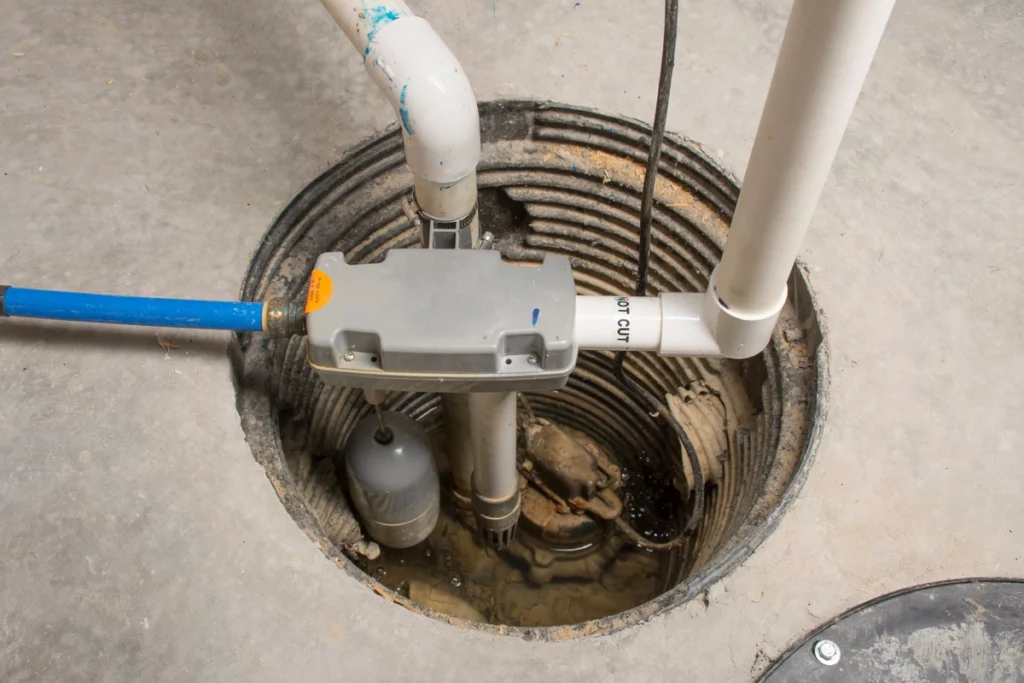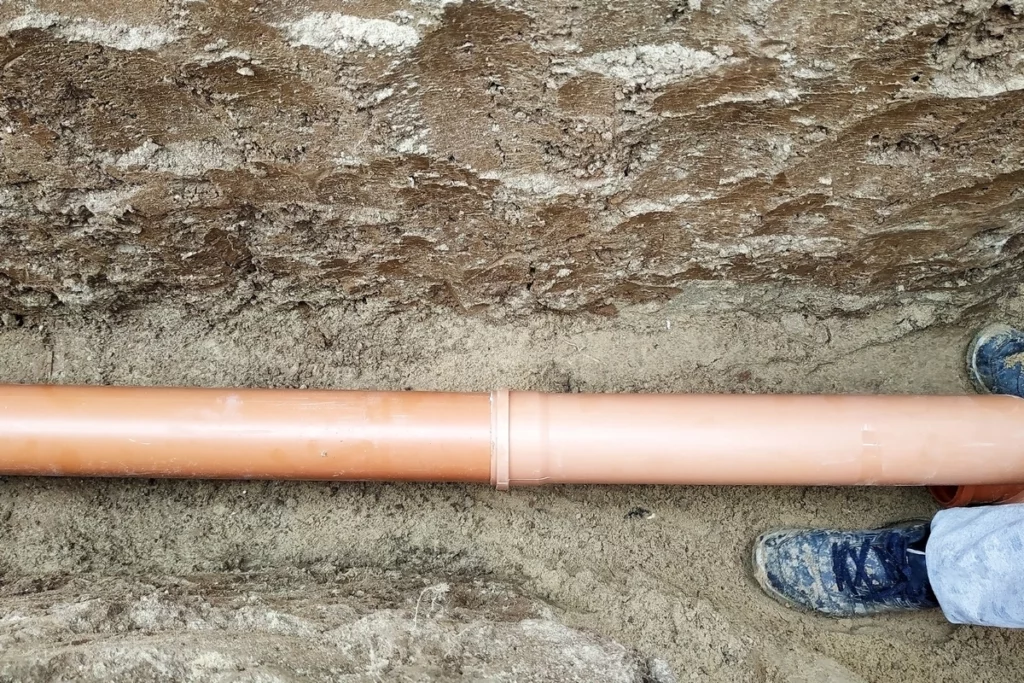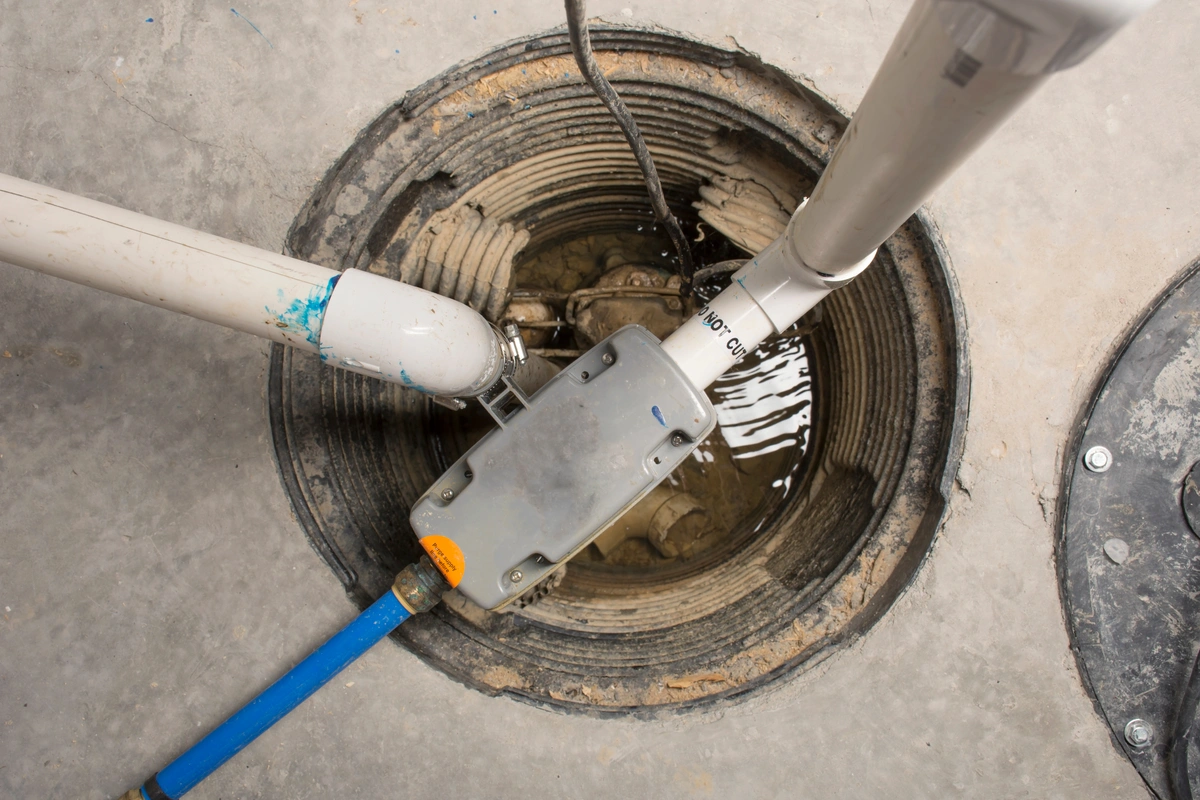Imagine waking up in the middle of the night to the sound of water gushing into your basement. The dampness, the potential damage to your belongings, and the headache of dealing with waterlogged floors – all of these nightmares can be prevented with the help of a sump pump.
A sump pump is a crucial device that keeps your basement dry by efficiently removing excess water, but like any appliance, it requires regular maintenance to ensure it functions properly when you need it most. And while they may not be common in Texas, if you are one of the few homeowners who have one, it is important to know the ins and outs of sump pump maintenance.
In this article, we’ll delve into what a sump pump is and provide you with essential tips to keep your sump pump in top shape.
Understanding the Sump Pump

A sump pump is a mechanical device designed to prevent water from flooding your basement or crawl space. It’s typically installed in a sump pit, a small hole dug at the lowest point of your basement. When water accumulates in this pit due to rain, melting snow, or groundwater, the sump pump kicks into action, pumping the water away from your home’s foundation to a designated drainage area. This mechanism helps keep your basement dry and prevents potential water damage.
7 Sump Pump Maintenance Tips
Sump pumps are a powerful tool for protecting your home. Here are 7 tips you should do for optimal function.
1) Regular Inspections
Just like you would schedule regular check-ups with a doctor, your sump pump also needs routine inspections. Check the sump pit for any debris or dirt that might hinder the pump’s operation. Ensure that the float mechanism moves freely and isn’t obstructed. Additionally, make sure the pump’s power cord is intact and not damaged. A simple visual inspection every few months can go a long way in preventing unexpected malfunctions.
2) Test Your Sump Pump
Regular testing is another vital aspect of maintenance. To test your sump pump, pour water into the sump pit until the float rises and activates the pump. This will simulate the pump’s response to rising water levels. Observe whether the pump turns on, efficiently removes the water, and then shuts off automatically. If your pump has a backup battery, test it by unplugging the main power source to ensure the battery can keep the pump running during a power outage.
3) Clean the Sump Pit
Over time, silt, debris, and small particles can accumulate in the sump pit, potentially clogging the pump or reducing its efficiency. Regularly clean the pit to prevent these issues. Remove any dirt or debris, and consider installing a sump pump cover to minimize the entry of debris into the pit. This simple step can significantly extend the lifespan of your sump pump.
4) Check the Discharge Line
The discharge line is responsible for carrying the pumped water away from your home. Ensure that this line is clear of any obstructions, such as ice in colder months or dirt buildup. Make sure the line is directed away from your foundation, preferably leading to a designated drainage area that won’t cause water to flow back towards your home.
5) Maintain the Check Valve

A check valve is a one-way valve installed in the discharge pipe to prevent pumped water from flowing back into the sump pit. Regularly inspect this valve to ensure it’s functioning correctly. Gently lift the valve’s flap to check for any debris that might be preventing it from closing properly. A malfunctioning check valve can lead to the pump working harder than necessary, potentially shortening its lifespan.
6) Keep an Eye on the Alarm
Many modern sump pump systems come with alarms that alert you to potential issues, such as a high water level in the pit or a malfunctioning pump. Regularly test the alarm to ensure it’s functioning, and familiarize yourself with the various alarm sounds so you can quickly identify any potential problems.
7) Maintenance
While many aspects of sump pump maintenance can be done by homeowners, it’s also wise to schedule professional maintenance at least once a year. A qualified technician can perform a thorough inspection, clean hard-to-reach components, and address any potential issues before they escalate. This proactive approach can save you from costly repairs down the road.
Professional Assistance When You Need It
Sump pump issues can be stressful and require professional repairs. Next time you’re facing damage from your sump pump call on Black Tie Plumbing to help you care for your home. Contact us today to schedule your appointment!





